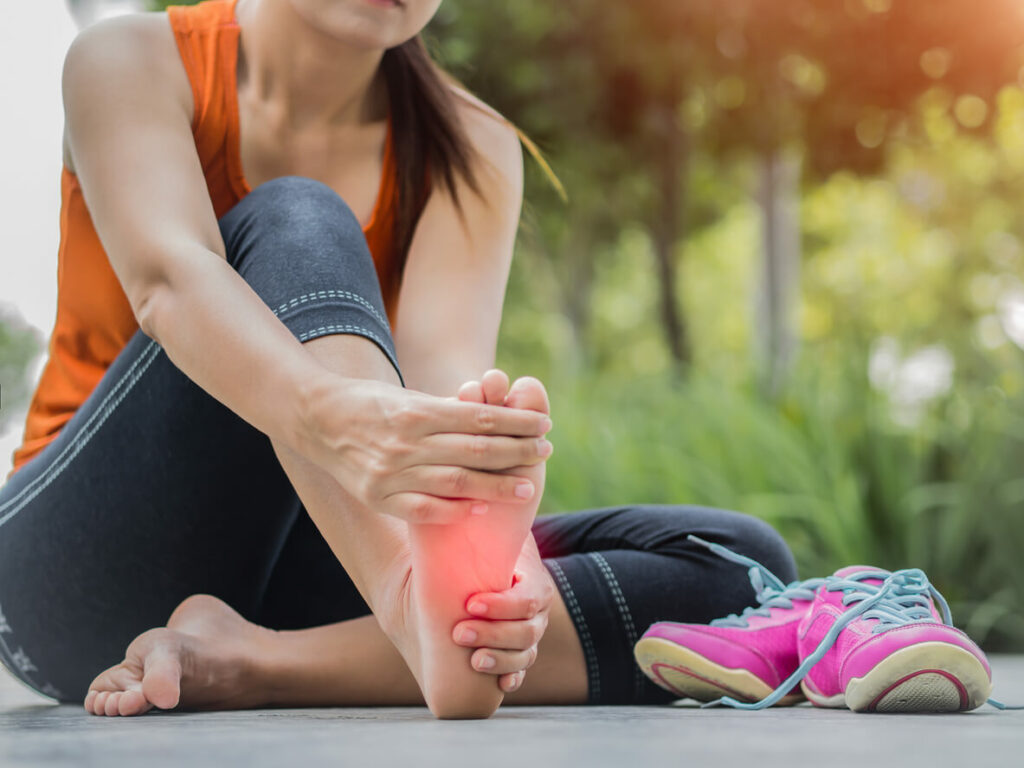
Choosing the right shoes is one of the most important steps you can take to prevent foot pain and maintain healthy, comfortable feet. Ill-fitting or unsupportive shoes can cause or worsen common foot problems such as plantar fasciitis, bunions, blisters, and general discomfort. Whether you’re buying shoes for work, exercise, or casual wear, knowing what to look for can make a significant difference. This comprehensive guide explains how to choose shoes that prevent foot pain by focusing on fit, support, materials, and specific foot conditions.

Your feet support your entire body weight and absorb the shock from every step you take. Shoes that lack proper fit or support place excessive stress on your feet, ankles, knees, and even your back. Over time, this can lead to pain, injury, and long-term damage. Wearing the right shoes helps:
Fit is the most crucial factor in preventing foot pain. Shoes that are too tight can cause pinching and blisters, while loose shoes can lead to instability and excessive movement.
Arch support is essential to maintain the natural alignment of your feet and reduce strain on muscles and ligaments. Depending on your arch type—low, normal, or high—you may need varying levels of support.
Good cushioning absorbs impact and protects your feet, especially if you spend long hours standing or walking on hard surfaces.
A moderate heel height is generally best for foot health. High heels can cause pressure on the ball of the foot and lead to pain, while completely flat shoes may lack proper arch support.
Shoes made from breathable materials like leather, mesh, or fabric help keep your feet cool and dry, reducing the risk of blisters and infections.
Choose shoes with excellent arch support, cushioned heels, and firm midsoles to reduce strain on the plantar fascia. Avoid worn-out shoes and opt for orthotic inserts if recommended by your podiatrist.
Look for wide-toe box shoes that provide ample space around the toes to avoid aggravating bunions. Avoid pointed or narrow shoes that increase pressure.
Motion control shoes with strong arch support help prevent overpronation and reduce foot fatigue. Consider custom orthotics if necessary.
Cushioned shoes that absorb shock and support the arches help prevent excessive pressure on the heel and ball of the foot.
Once you understand what features to look for, follow these steps to ensure you choose the best shoe:
Proper shoe care extends the life and comfort of your footwear:
Choosing shoes that prevent foot pain requires careful consideration of fit, support, cushioning, and your specific foot needs. Investing time in selecting the right footwear can reduce discomfort, prevent injury, and improve your overall foot health. Whether you’re shopping for athletic shoes, work boots, or casual wear, applying these expert tips will help you make the best choice for happy, pain-free feet.